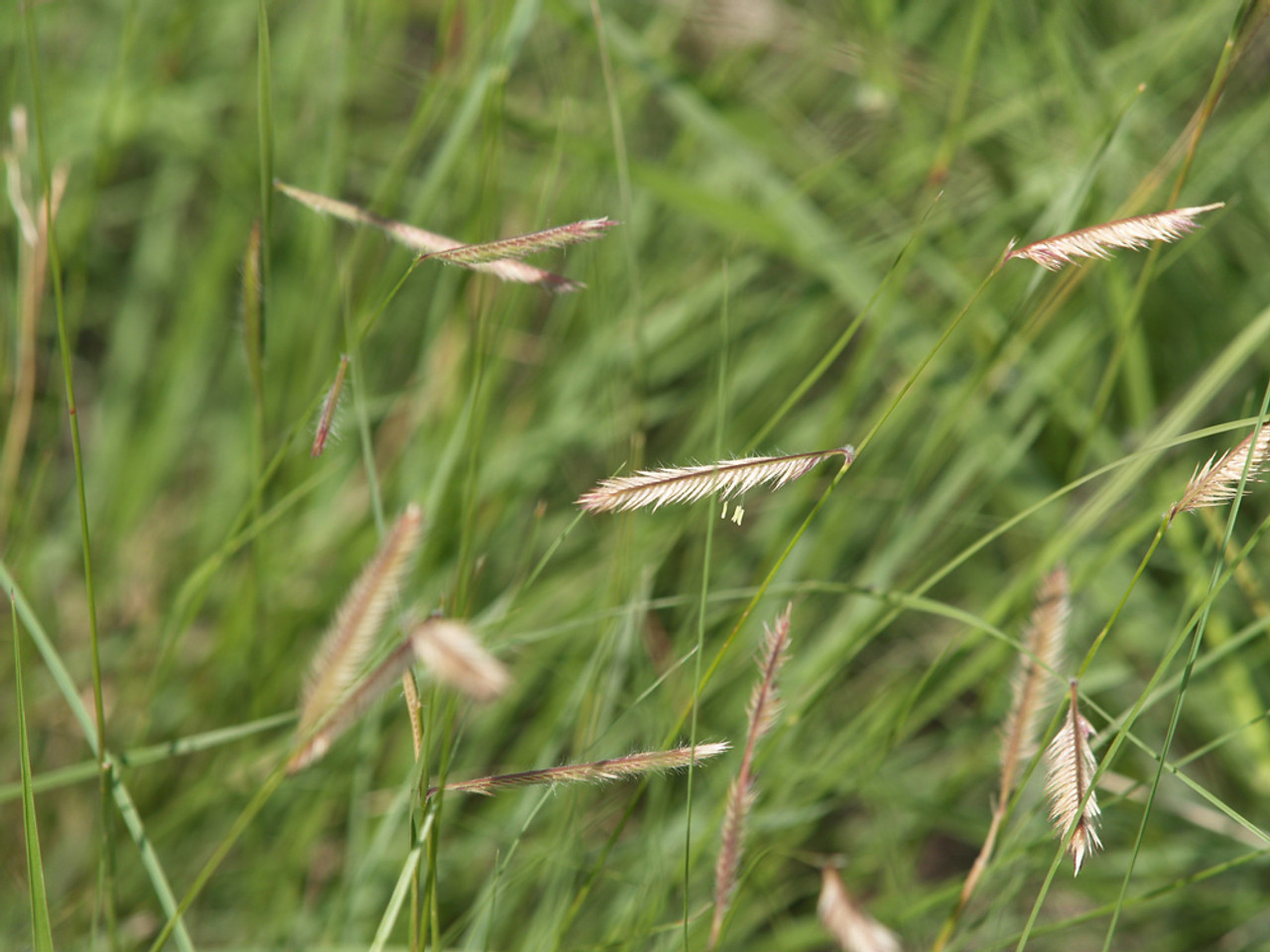
Grama grass, also known as Bouteloua, is a diverse and resilient plant species that holds significant ecological and agricultural importance. Its adaptability to various climates and soil types makes it a valuable component of natural ecosystems and a beneficial forage for livestock. In this article, we will explore 19 fascinating facts about grama grass, shedding light on its characteristics, uses, and ecological impact. From its role in supporting biodiversity to its contribution to sustainable grazing practices, grama grass stands as a testament to the remarkable capabilities of nature. Join us as we delve into the intriguing world of grama grass and uncover the hidden wonders of this remarkable plant.
Key Takeaways:
- Grama grass is a tough plant that can survive in dry areas, prevent soil erosion, and provide food for animals. It’s important for keeping the environment healthy and beautiful.
- By growing in different soil types and supporting diverse wildlife, grama grass helps make the land sustainable and attractive. It’s a key player in keeping our ecosystems thriving.
Grama Grass is a Drought-Resistant Plant
Grama grass has adapted to thrive in arid environments, making it a vital component of dryland ecosystems.
It Belongs to the Poaceae Family
Grama grass is a member of the Poaceae family, which includes a wide variety of economically and ecologically important grass species.
There are Over 50 Species of Grama Grass
The genus Bouteloua comprises more than 50 species of grama grass, each with its unique characteristics and ecological niche.
Grama Grass is Commonly Found in North America
This resilient grass is predominantly distributed across North America, where it contributes to the stability and biodiversity of grasslands.
It Plays a Key Role in Erosion Control
Grama grass's extensive root system helps prevent soil erosion, making it an essential component of sustainable land management.
Grama Grass Provides Forage for Livestock
Many species of grama grass serve as valuable forage for livestock, supporting grazing activities in various regions.
It is an Important Component of Native Landscapes
Grama grass is a prominent feature of native landscapes, contributing to the natural beauty and ecological balance of diverse habitats.
Grama Grass is Utilized in Ecological Restoration Projects
Due to its resilience and ecological significance, grama grass is often used in ecological restoration efforts to rehabilitate degraded landscapes.
It Can Thrive in Various Soil Types
Grama grass exhibits adaptability to different soil types, including sandy, loamy, and clay soils, enhancing its ecological versatility.
Grama Grass is an Indicator of Rangeland Health
The presence and abundance of grama grass species are indicative of the overall health and vitality of rangeland ecosystems.
It Supports Biodiversity in Grassland Ecosystems
Grama grass provides a conducive habitat for diverse flora and fauna, contributing to the overall biodiversity of grassland ecosystems.
Grama Grass Plays a Role in Carbon Sequestration
The extensive root system of grama grass aids in carbon sequestration, mitigating the impacts of greenhouse gas emissions.
It Has Cultural Significance for Indigenous Communities
Grama grass holds cultural and traditional significance for many indigenous communities, symbolizing resilience and sustenance.
Grama Grass Exhibits Seasonal Growth Patterns
The growth and reproductive patterns of grama grass are influenced by seasonal variations, adapting to fluctuating environmental conditions.
It is a Low-Maintenance Grass Species
Grama grass requires minimal maintenance, making it an attractive option for sustainable landscaping and conservation initiatives.
Grama Grass Can Withstand Grazing Pressure
Certain species of grama grass have evolved to withstand grazing pressure, demonstrating resilience in managed grazing systems.
It Contributes to Wildlife Habitat
The presence of grama grass enhances wildlife habitat suitability, supporting various species within grassland ecosystems.
Grama Grass Offers Aesthetic Value in Landscaping
Beyond its ecological contributions, grama grass adds aesthetic value to landscaping, enhancing the visual appeal of natural and cultivated settings.
It Supports Sustainable Land Management Practices
The inclusion of grama grass in land management strategies promotes sustainable and resilient ecosystems, benefiting both the environment and local communities.
Grama grass, with its adaptability, ecological significance, and cultural value, exemplifies the remarkable contributions of native plant species to the natural world. Its resilience in the face of environmental challenges underscores the importance of preserving and leveraging the unique attributes of grama grass within diverse landscapes.
Conclusion
In conclusion, grama grass is a remarkable plant with a rich history and a wide range of practical applications. Its resilience in arid environments, nutritional value for livestock, and erosion control properties make it a valuable asset in various ecosystems. By understanding these 19 fascinating facts about grama grass, we can appreciate its significance and potential for sustainable land management. Whether it's forage production, soil stabilization, or wildlife habitat improvement, grama grass stands out as a versatile and beneficial plant species.
FAQs
What are the different varieties of grama grass?
There are several varieties of grama grass, including blue grama (Bouteloua gracilis), sideoats grama (Bouteloua curtipendula), hairy grama (Bouteloua hirsuta), and black grama (Bouteloua eriopoda). Each variety has unique characteristics and thrives in specific environments.
How can grama grass be used for erosion control?
Grama grass has an extensive root system that helps bind soil particles together, preventing erosion. Its dense growth pattern and ability to withstand harsh conditions make it an excellent choice for erosion control on slopes and disturbed areas.
Was this page helpful?
Our commitment to delivering trustworthy and engaging content is at the heart of what we do. Each fact on our site is contributed by real users like you, bringing a wealth of diverse insights and information. To ensure the highest standards of accuracy and reliability, our dedicated editors meticulously review each submission. This process guarantees that the facts we share are not only fascinating but also credible. Trust in our commitment to quality and authenticity as you explore and learn with us.
